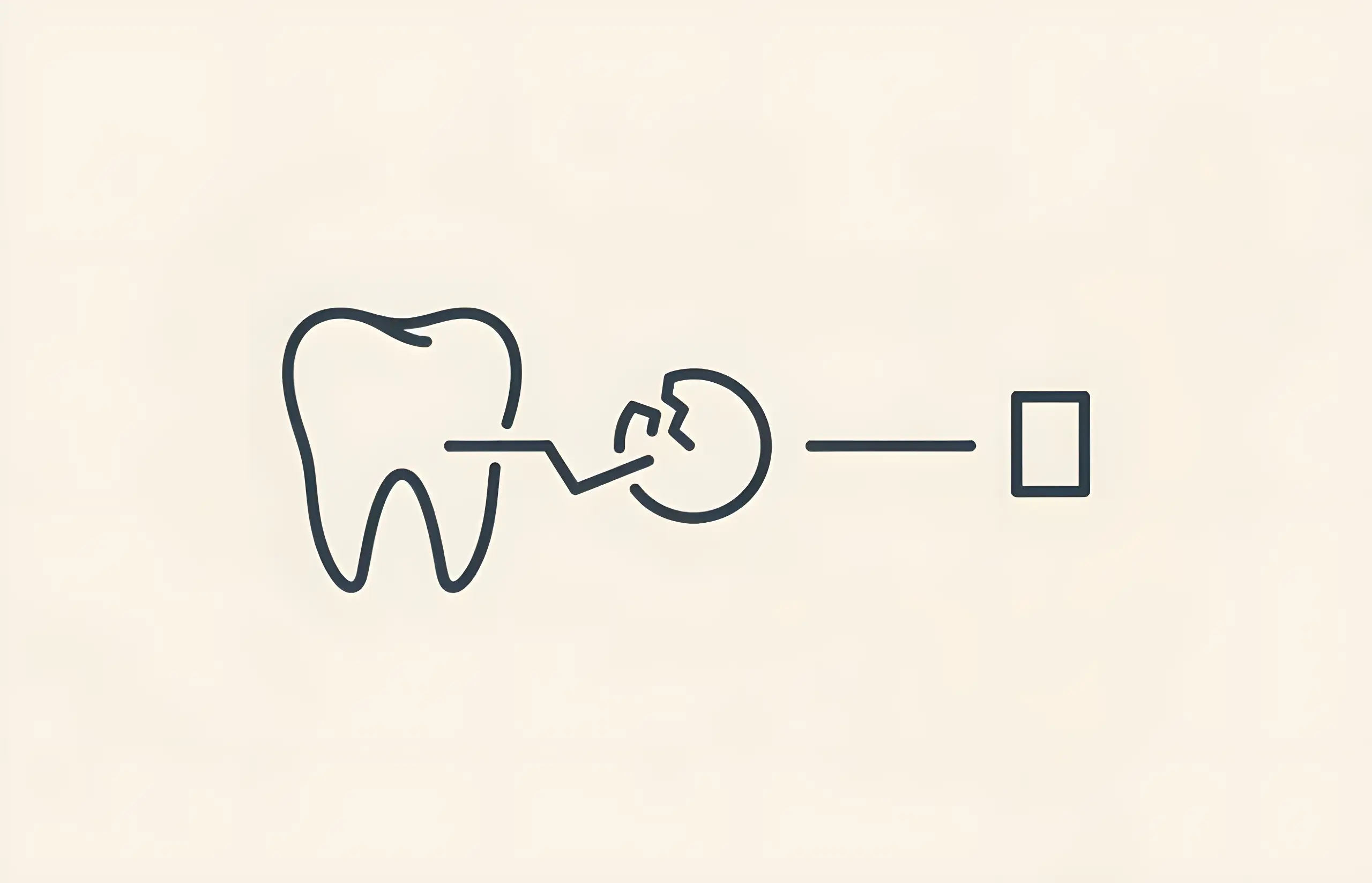Before you decide to ask your dentist about wearing braces you're probably wondering how do braces work? Braces work at any stage in life and can be worn at any age to improve the appearance of your teeth and your smile.
Not everyone's born with perfectly straight teeth and braces are an efficient way to correct problems to give you the result you want. Only a professional dentist can advise, supply, fit and manage the process of wearing braces, as it's a very precise and expert field.
Understand the Process
It's important to understand how braces work before starting your treatment. Braces work by gradually and slowly encouraging your teeth to move to a straight and balanced position. as part of a controlled and planned procedure.
Orthodontic procedures move teeth by careful manipulation of force to guide teeth into their new position. Light but constant pressure is applied to the teeth. This allows them to move in a predictable pattern involving changes to both bone and ligament in the mouth region.
Time Scale for Treatment
The minimum time period is usually about 6 months of wearing braces for the desired movement to take place. However, if your teeth are more severely crooked, it could take longer for the braces to work, as the planning stages need to take into account slow, gradual movement for a healthy result. In some cases, you'll need to wear braces to up to 3 years, but this is usually the upper limit for more extreme cases.
Decide Which Method's Right for You
Before you start the process of wearing braces, your dentist will offer you a consultation and advise on the whole process from start to finish, including the type of treatment available and best suited to you. There are different types of braces available, from fixed to removable, clear/transparent to metal.
All types have particular characteristics and benefits and the prices may vary too, so it's best to consult your dentist on the full range of options before deciding on any one course of treatment.
The First Stage
After the initial consultation, if you decide to go ahead, the planning phase will start and this is usually just one appointment to measure you up for the braces. During the first appointment, your dentist will take x-rays and photographs of your teeth. Sometimes, additional procedures may be required before you start wearing your braces, such as tooth extraction to make room for the remaining teeth to move.
Your dentist will also take a mould of your teeth, both upper and lower sets, at the start of the process. This is critical as it's used to plan each stage of the brace-wearing process, with the aid of a computer programme that plans and maps the changes. Once your dentist receives the computerised 'plan' for your teeth, together with the braces from their supplier, it's then time to fit your braces.
The initial fitting will vary depending on the type of braces you've chosen. All braces require some bonding onto your teeth which secures the attachments. The attachments can be in the form of wires, both top and bottom, or can be the type known as 'aligners' which are specially fitted strong plastic trays that clip in (and can be taken out e.g for eating). All braces map the shape of your teeth and put pressure on them very gradually so they move into the desired place.
After the First Fitting
All braces will feel tight when they're first fitted. This is because they're gently putting your teeth under continuous pressure, which is encouraging the teeth to move to their new, carefully-planned position. Usually after the braces have been fitted, the tight feeling will last for several days. This may be accompanied by some tenderness to your teeth, which is completely normal because they're moving. After this initial short period of a few days, things will start to feel more comfortable and the tight feeling will reduce as the teeth start to re-establish their new position.
Steps Along the Way
Your dentist will leave the braces on your teeth for about 4 weeks and then call you back in for them to be adjusted. If you're wearing aligners, a new set of aligners will be issued and fitted for you each time you visit. If you're wearing wire braces, new fixtures and wires will be used every time. Each wire has a memory, which means that it holds onto its shape so your teeth move as planned.
For aligners, each set has slight changes built into the design, which gradually encourages your teeth to move to fit the new shape of the aligner, at which point, after 4 weeks or so, new aligners are supplied and so on, until the process is complete.
When the Treatment's Finished
The whole brace-wearing process will continue until the end of your treatment, which will have been carefully planned to stop at a certain date. By this time your teeth will have moved into the desired place at a pace that's been manageable and healthy. When you're finally relieved of your braces at the end of your treatment the results will be wonderful.
It's encouraging to know that at any stage of life, radical changes and improvements can be made to your teeth, as well as little corrections to give you the smile you've always wanted. Since teeth can start to move after just 48 hours, once your braces have been removed you'll be offered alternatives for keeping them in the desired place, so all the hard work's not lost.
It's really important to continuously follow the advice your dentist will give you after your braces have been removed to keep your teeth in place and looking great for the rest of your life.
Sources and References
-
[1]
Selective modulation of the bone remodeling regulatory system through orthodontic tooth movement—a reviewFrontiers in Oral Healthhttps://pmc.ncbi.nlm.nih.gov/articles/PMC11924204/
-
[2]
Duration of orthodontic treatment with fixed appliances in adolescents and adults: a systematic review with meta-analysisProgress in Orthodonticshttps://pmc.ncbi.nlm.nih.gov/articles/PMC7533275/
-
[3]
Biomechanical and biological responses of periodontium in orthodontic tooth movement: up-date in a new decadeInternational Journal of Oral Sciencehttps://pmc.ncbi.nlm.nih.gov/articles/PMC8239047/
-
[4]
Relapse and inadvertent tooth movement post orthodontic treatment in individuals with fixed retainers: A reviewRevista Científica Odontológicahttps://pmc.ncbi.nlm.nih.gov/articles/PMC10880701/
All sources accessed and verified on . Medical information reviewed for accuracy and compliance with current guidelines.
Related Articles

How Much Do Adult Braces Cost?
Comprehensive Cost Analysis (£1,500-£10,000 Range, 59% Out-of-Pocket, 6.31 Months Shorter with Aligners)

Invisible Braces – Braces Worn Behind Your Teeth
Complete guide to lingual braces fitted behind teeth, including how they work, the fitting process, treatment duration, and benefits of this invisible orthodontic option
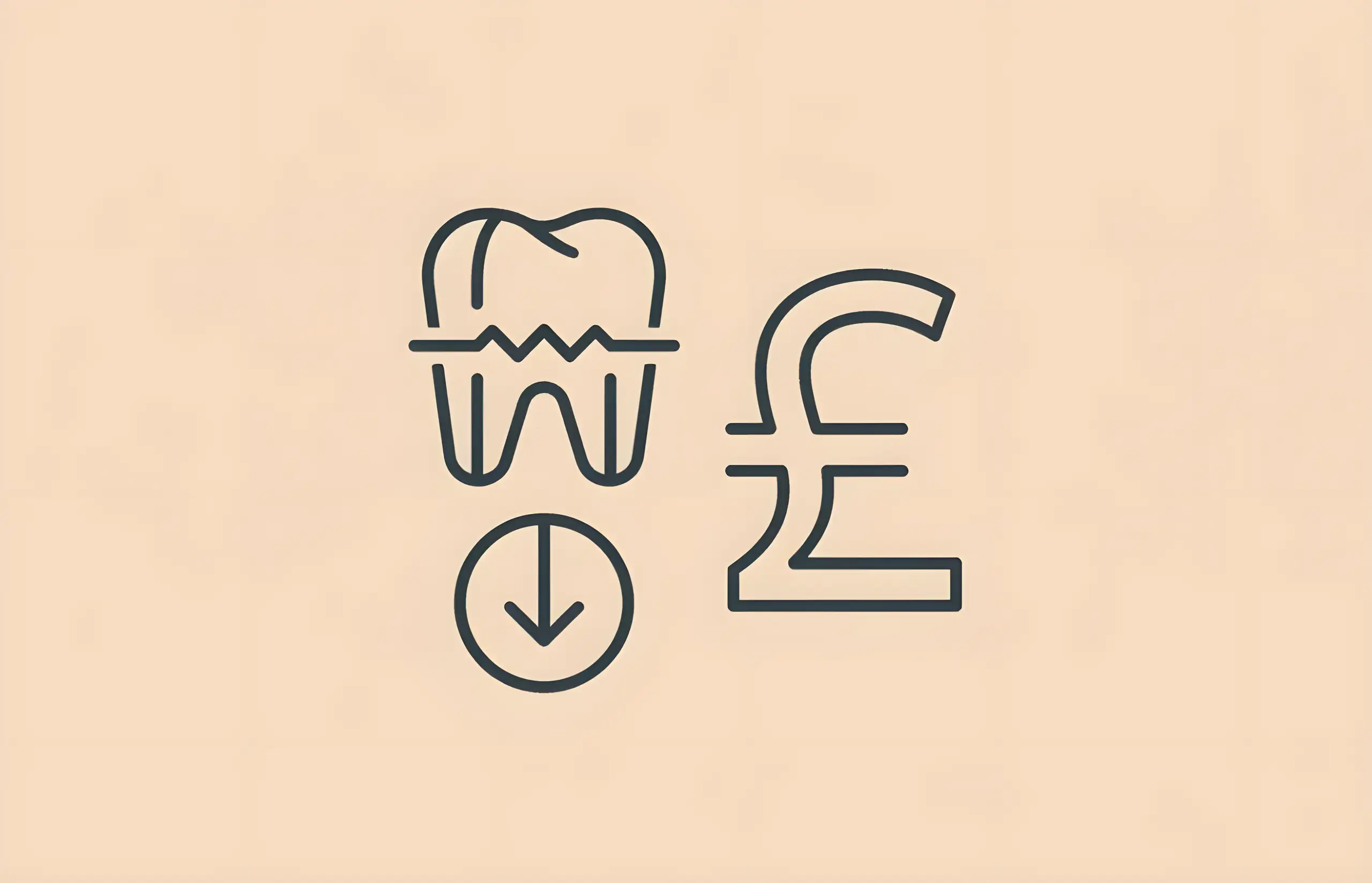
How Much Do Braces Cost in the UK?
A comprehensive guide to braces costs in the UK, covering different types of braces from metal to Invisalign and their price ranges
A Guide to Ceramic Braces
Comprehensive information about ceramic braces, including how they compare to metal braces, costs, benefits, and considerations for choosing this orthodontic option
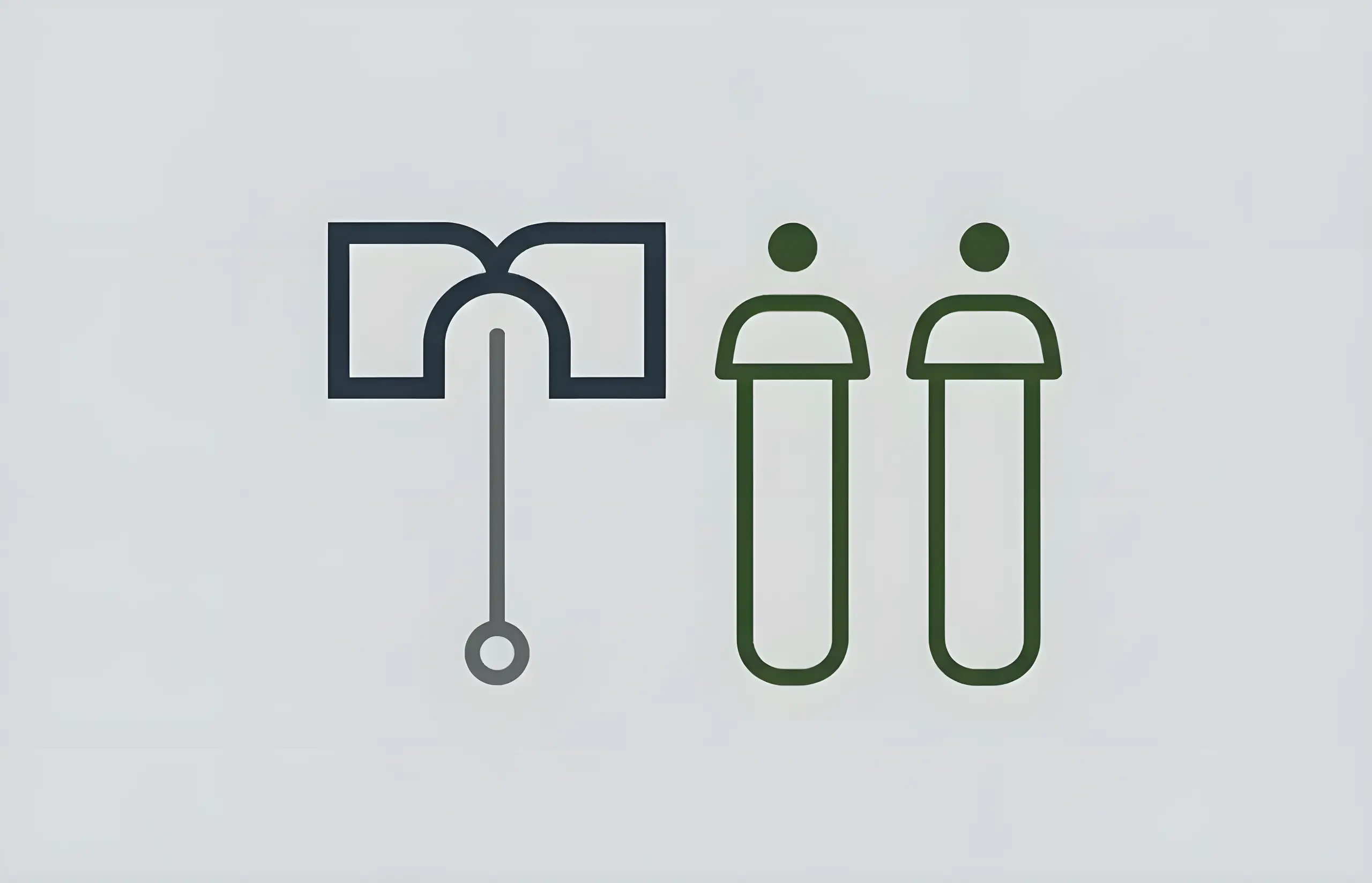
A Guide to Dental Braces for Kids
Comprehensive information about orthodontic braces for children and teenagers, including types of braces, treatment duration, costs, and oral care during treatment
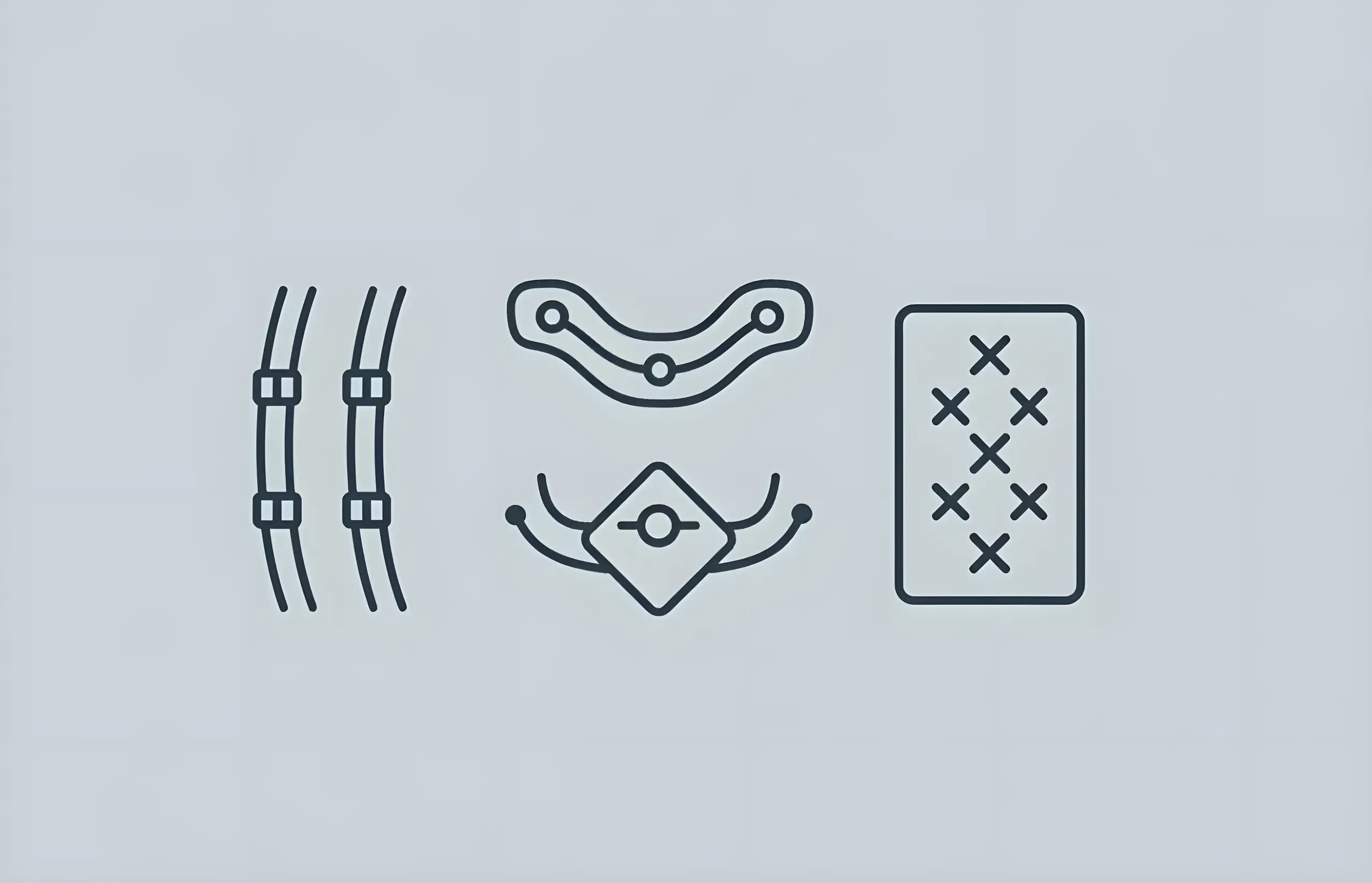
The Different Types of Braces Available
Comprehensive guide to orthodontic braces including fixed, removable, lingual, Invisalign, and functional braces with cost comparisons
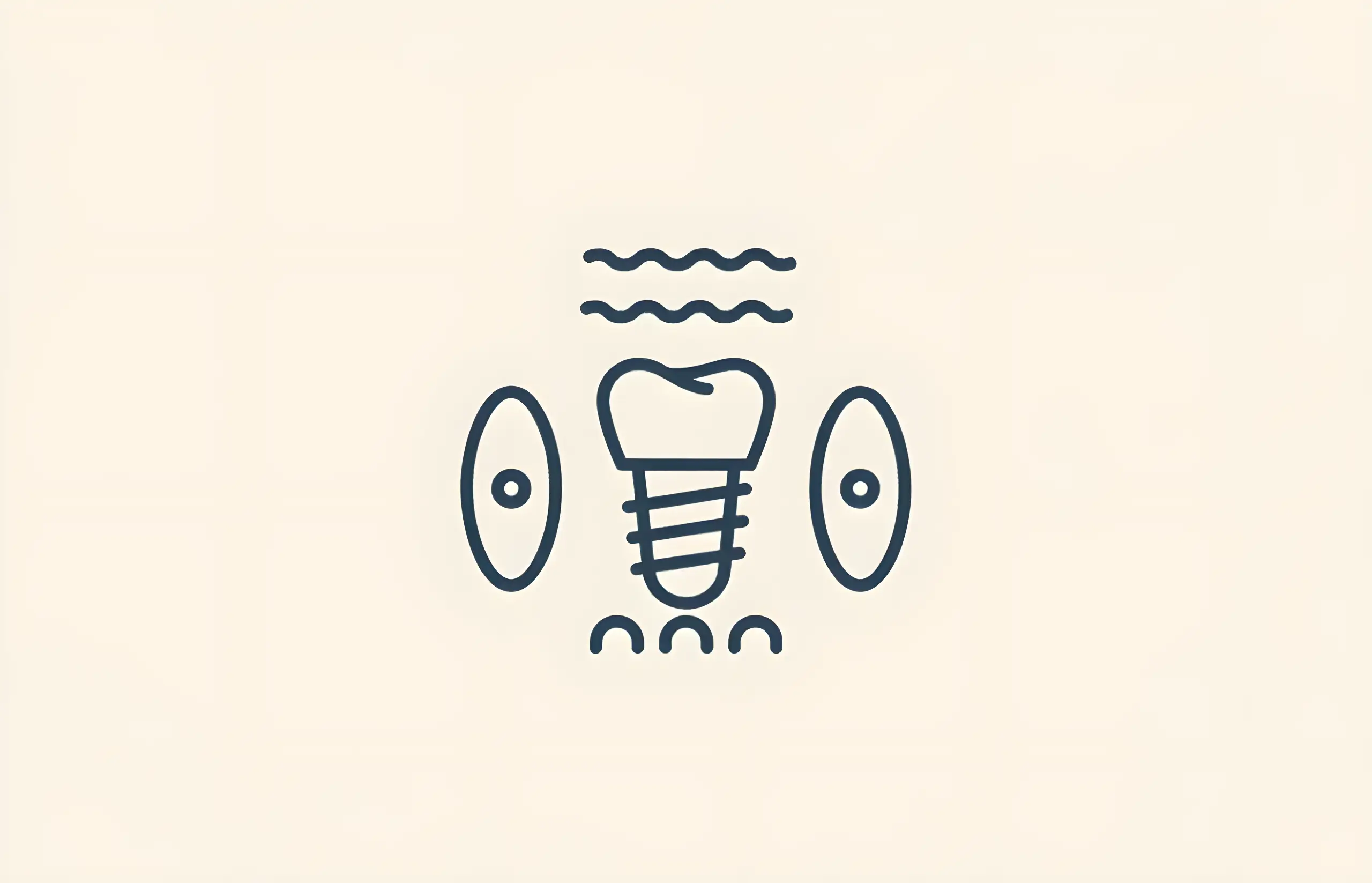
How Long Do Braces Take?
Comprehensive guide to orthodontic treatment duration including individual factors, planning stages, fitting procedures, treatment timeframes from 6 months to 3 years, and adjustment schedules

How Long Do You Have To Wear Braces?
Treatment Duration and Retention Protocols (19.9 Months Average, 13.3% Relapse Fixed Retainers)

How Much Do Ceramic Braces Cost?
Comprehensive guide to ceramic braces costs including pricing factors, insurance coverage, treatment duration, dentist fees, cost-saving strategies, and comparison with other brace types
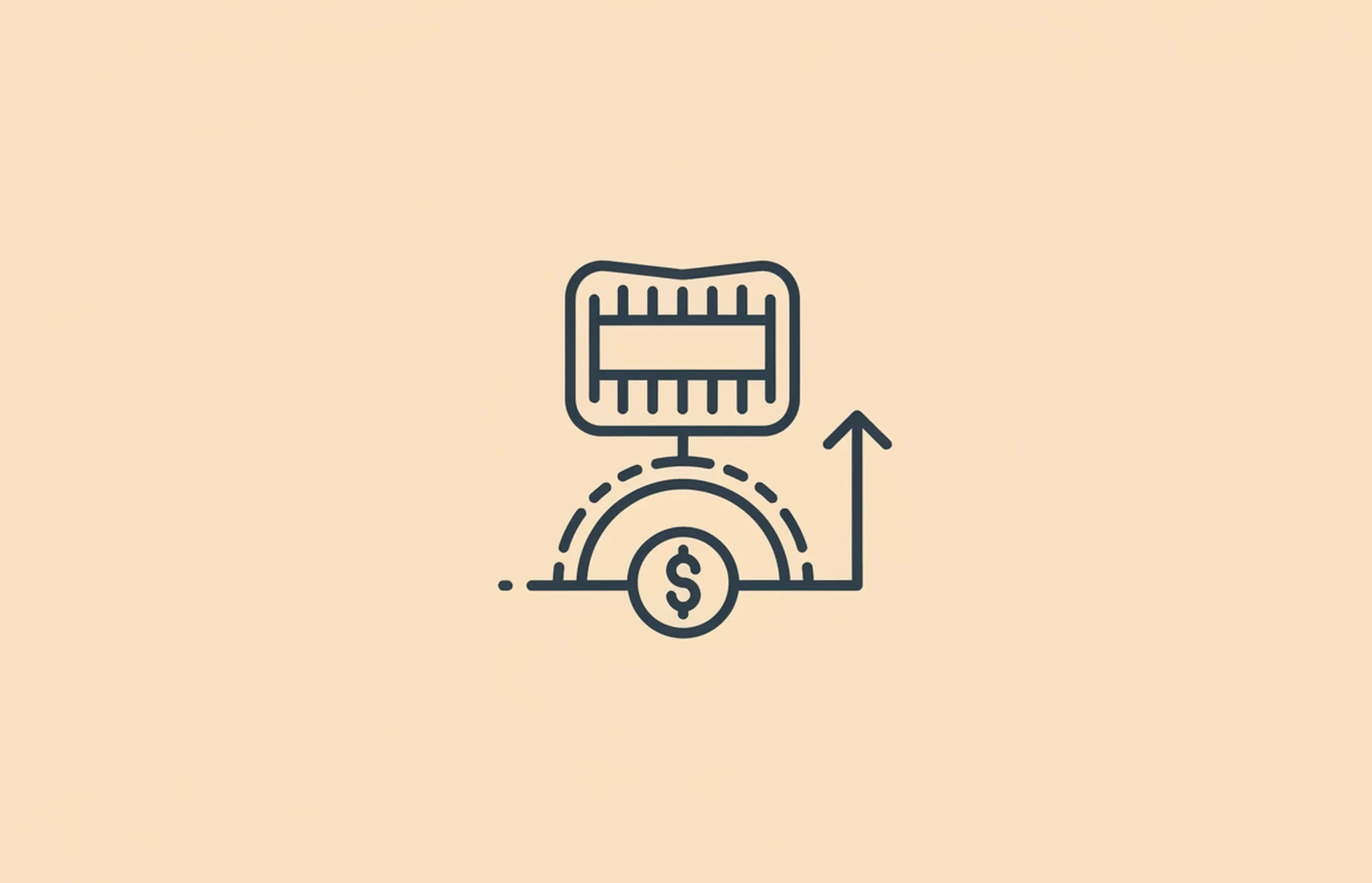
How Much Do Clear Braces Cost?
Comprehensive Pricing Analysis (£2,500-£4,500, 67% Shorter Duration, 85% Patient Satisfaction vs 65%)
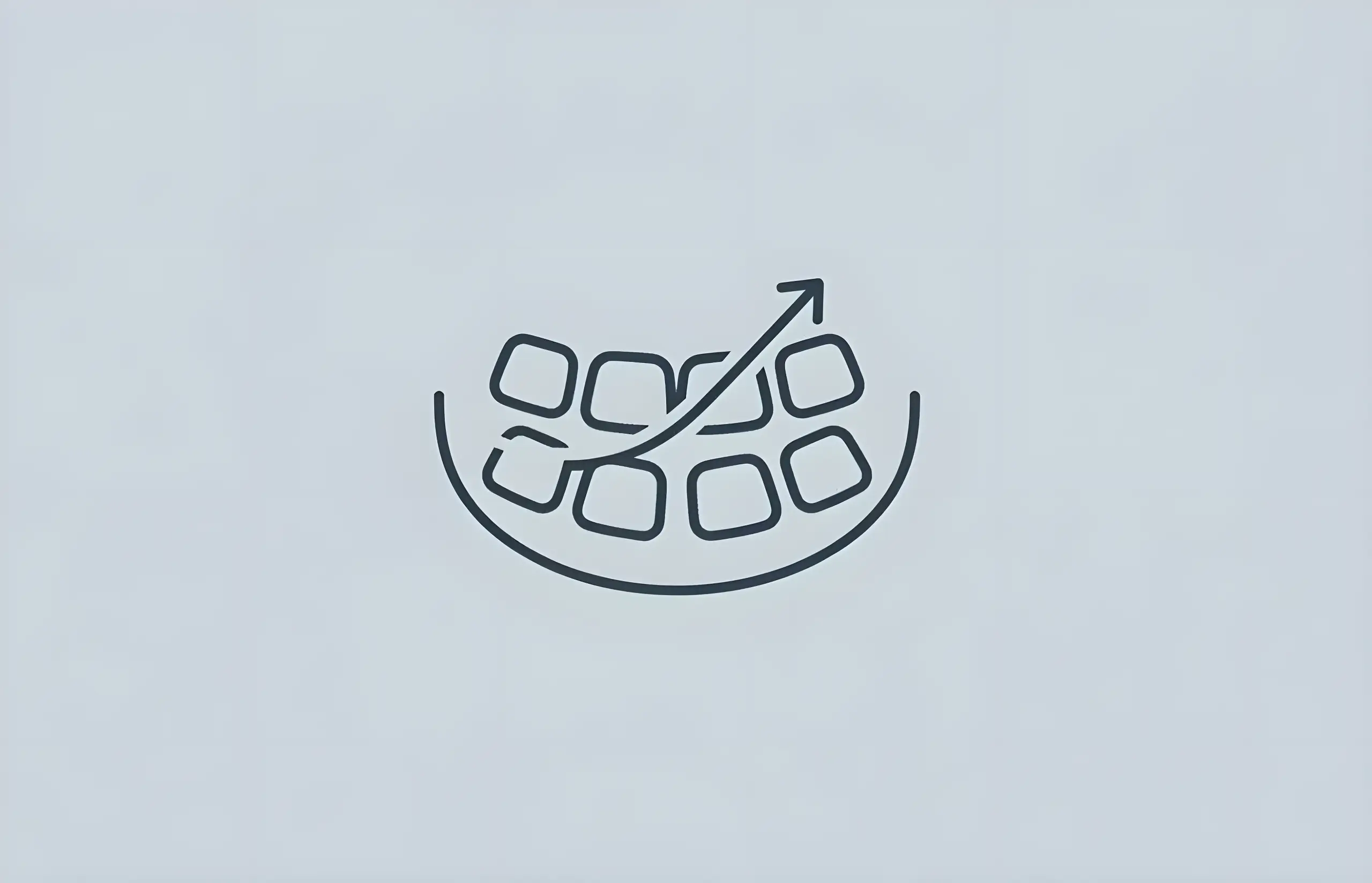
A Guide to Invisible Braces
Comprehensive information about invisible braces (clear aligners), including benefits, effectiveness, costs, and how they compare to traditional metal braces

How to Make Your Teeth Straight Without Braces
Discover modern alternatives to traditional braces including clear aligners, at-home straightening services, surgical options, and palatal expanders

Metal Braces: A Simple Guide
Comprehensive guide to traditional metal braces for correcting misaligned teeth, including how they work, common conditions requiring braces, and modern improvements
About The Dental Guide
The Dental Guide is a trusted online resource providing evidence-based information about dental health, treatments, and procedures. Our content is created and reviewed by qualified dental professionals to help you make informed decisions about your oral health.
Our Mission
- Evidence-based dental information
- Expert-reviewed content
- Clear, accessible explanations
- Latest treatment options
- Patient-focused guidance
Editorial Standards
- GDC-registered dental professionals
- Peer-reviewed sources
- Regular content updates
- Medical accuracy verification
- Transparent authorship
Important Notice
The information on The Dental Guide is for educational purposes only and should not replace professional dental advice. Always consult with a qualified dentist for diagnosis and treatment recommendations tailored to your individual needs and circumstances.
Medically Reviewed
Reviewed by Dr. Nasim Mechoui , BDS (Bristol)
Share this article
Comments & Discussion
Have questions about dental implants? Share your thoughts or experiences.
